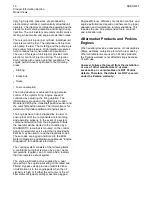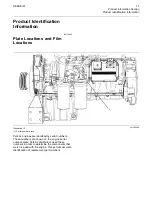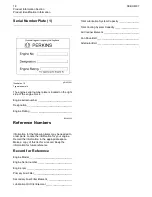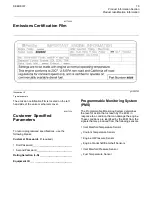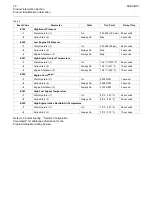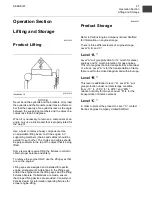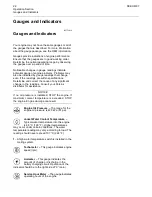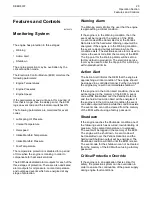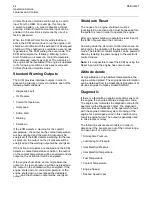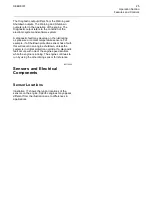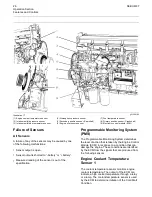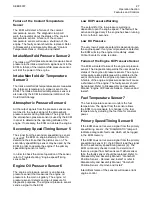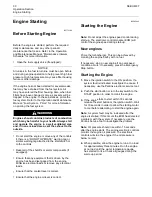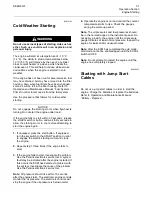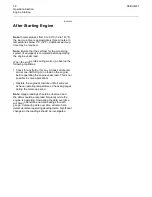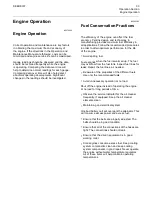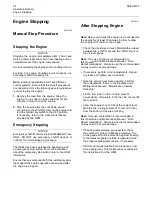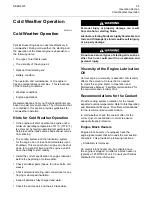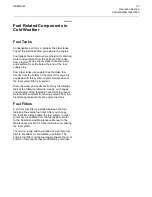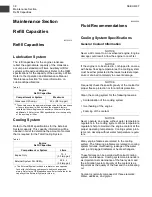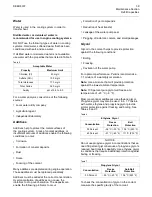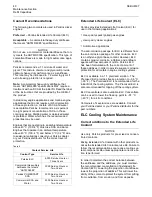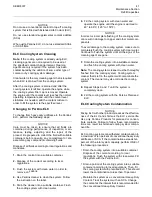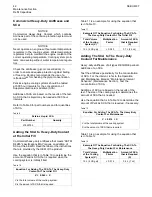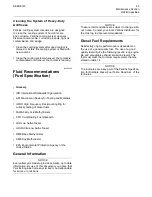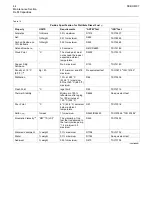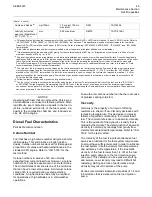
30
SEBU8337
Operation Section
Engine Starting
Engine Starting
i02773196
Before Starting Engine
Before the engine is started, perform the required
daily maintenance and any other periodic
maintenance that is due. Refer to the Operation
and Maintenance Manual, “Maintenance Interval
Schedule” for more information.
•
Open the fuel supply valve (if equipped).
NOTICE
All valves in the fuel return line must be open before
and during engine operation to help prevent high fuel
pressure. High fuel pressure may cause
fi
lter housing
failure or other damage.
If the engine has not been started for several weeks,
fuel may have drained from the fuel system. Air
may have entered the
fi
lter housing. Also, when fuel
fi
lters have been changed, some air pockets will be
trapped in the engine. In these instances, prime the
fuel system. Refer to the Operation and Maintenance
Manual, “Fuel System - Prime” for more information
on priming the fuel system.
Engine exhaust contains products of combustion
which may be harmful to your health. Always start
and operate the engine in a well ventilated area
and, if in an enclosed area, vent the exhaust to the
outside.
•
Do not start the engine or move any of the controls
if there is a “DO NOT OPERATE” warning tag or
similar warning tag attached to the start switch or
to the controls.
•
Reset all of the shutoffs or alarm components (if
equipped).
•
Ensure that any equipment that is driven by the
engine has been disengaged from the engine.
Minimize electrical loads or remove any electrical
loads.
•
Ensure that the coolant level is correct.
•
Ensure that the engine oil level is correct.
i02583442
Starting the Engine
Note:
Do not adjust the engine speed control during
start-up. The electronic control module (ECM) will
control the engine speed during start-up.
New engines
Prime the turbocharger. This can be achieved by
cranking the engine brie
fl
y with no fuel.
If necessary, stop a new engine if an overspeed
condition occurs. If necessary, press the Emergency
Stop button.
Starting the Engine
1.
Move the ignition switch to the ON position. If a
system fault is indicated, investigate the cause. If
necessary, use the Perkins electronic service tool.
2.
Push the start button or turn the keyswitch to the
START position in order to crank the engine.
3.
If the engine fails to start within 30 seconds,
release the start button or the ignition switch. Wait
for 30 seconds in order to allow the starting motor
to cool before attempting to start the engine again.
Note:
A system fault may be indicated after the
engine is started. If this occurs the ECM has detected
a problem with the system. If necessary, use the
Perkins Service Tool to investigate the problem.
Note:
Oil pressure should rise within 15 seconds
after the engine starts. The engine electronic controls
monitor the engine oil pressure. The electronic
controls will stop the engine if the oil pressure is
below normal.
4.
When possible, allow the engine to run at no load
for approximately three minutes. Run the engine
at no load until the water temperature gauge
has started to rise. Check all gauges during the
warm-up period.

